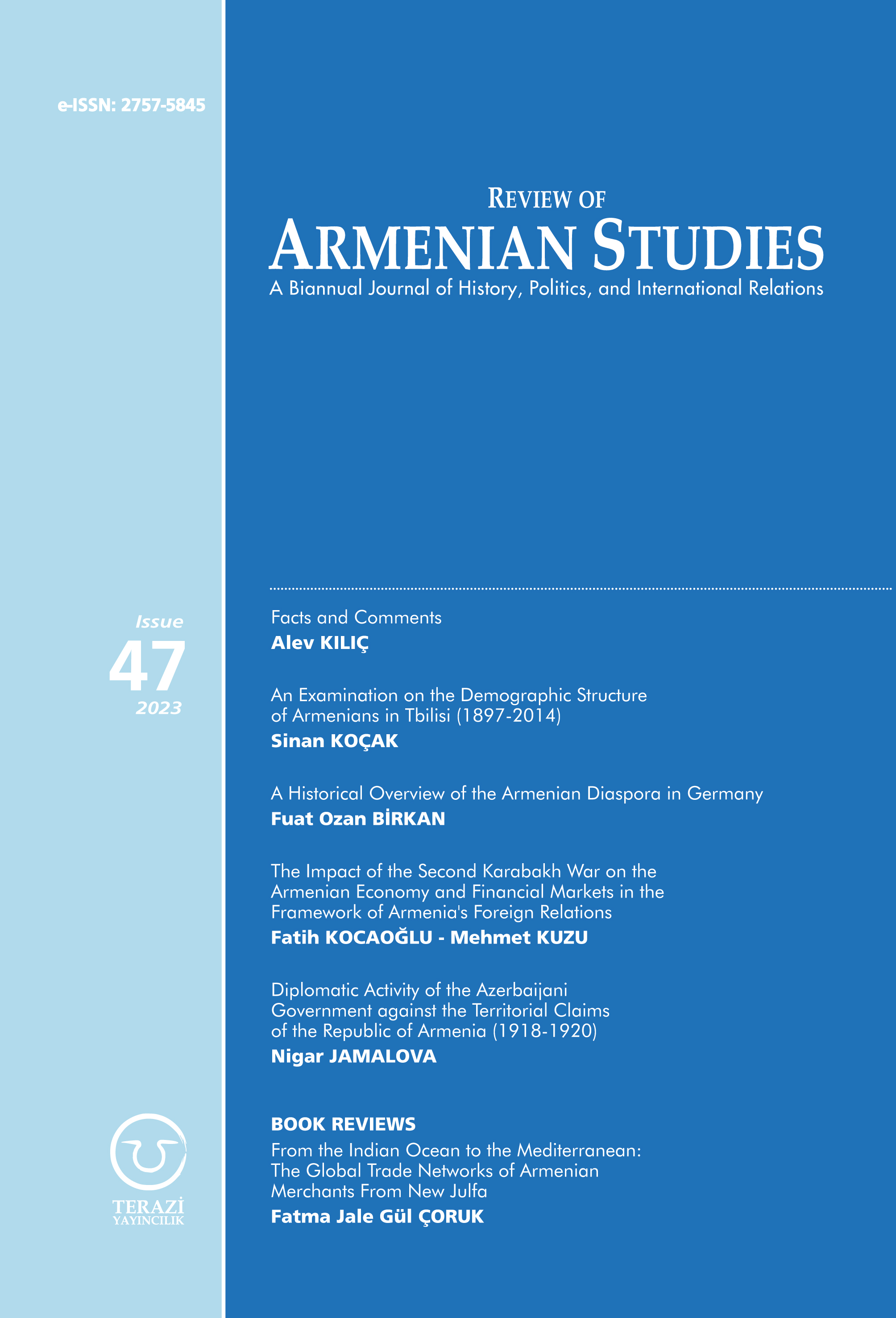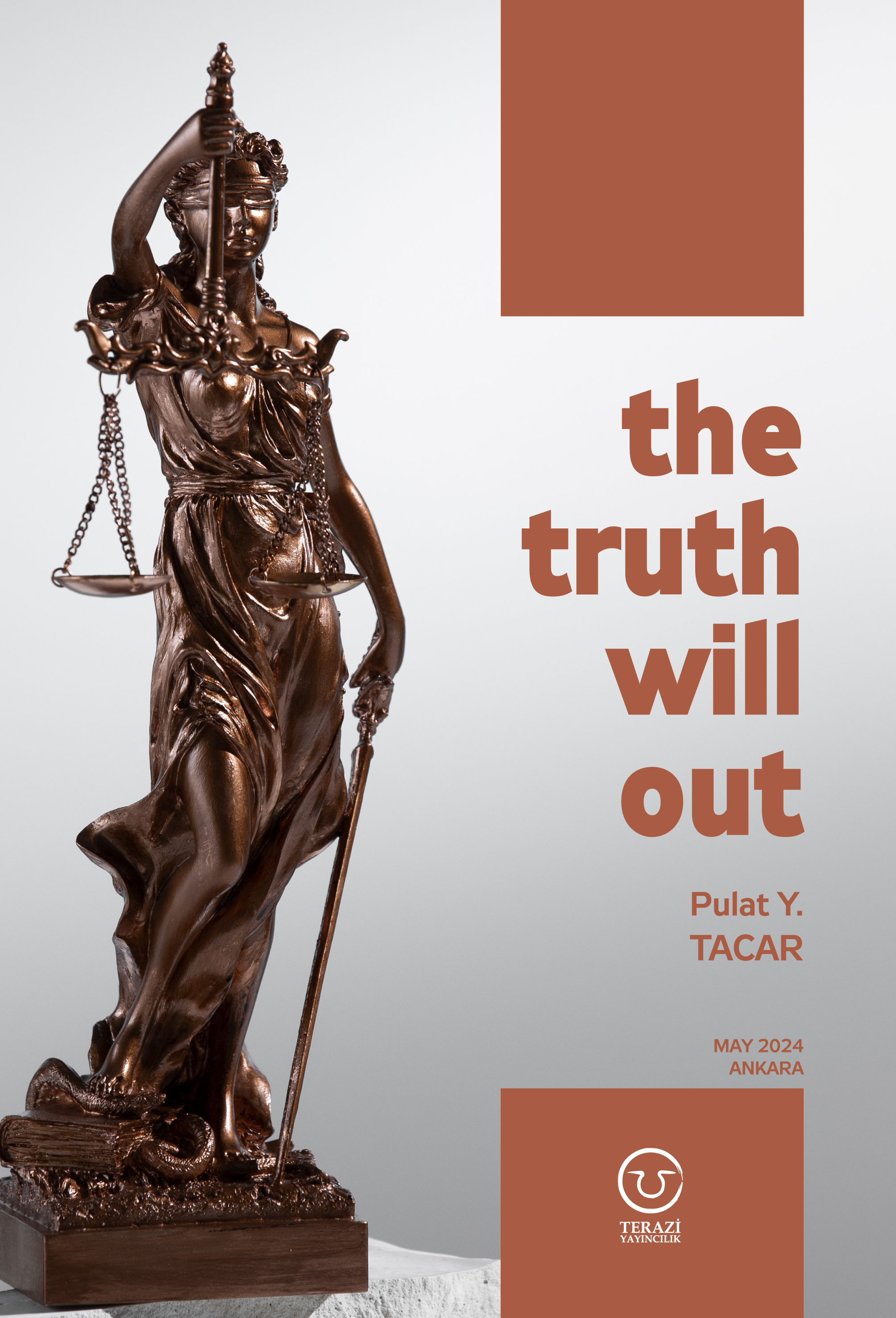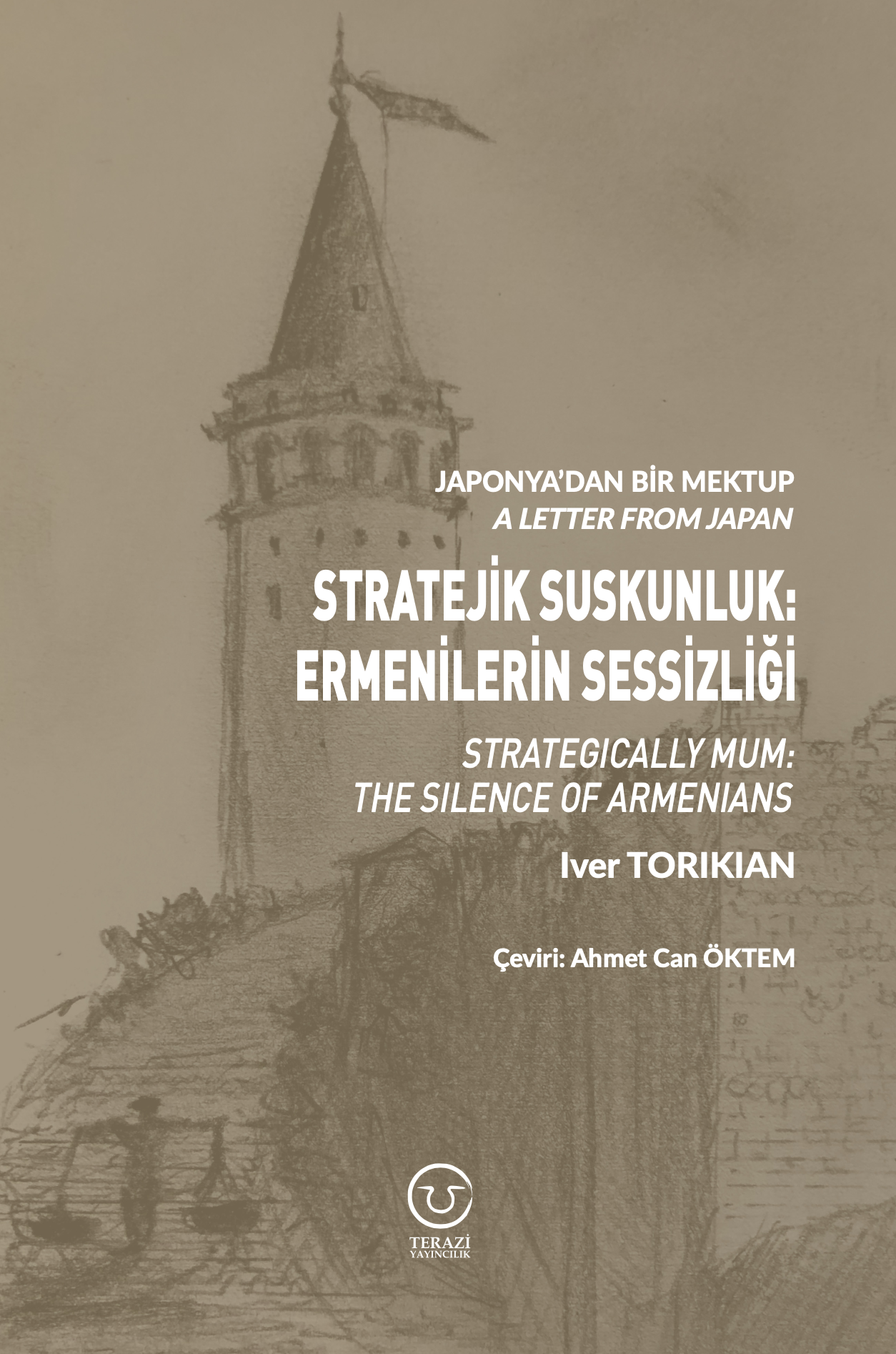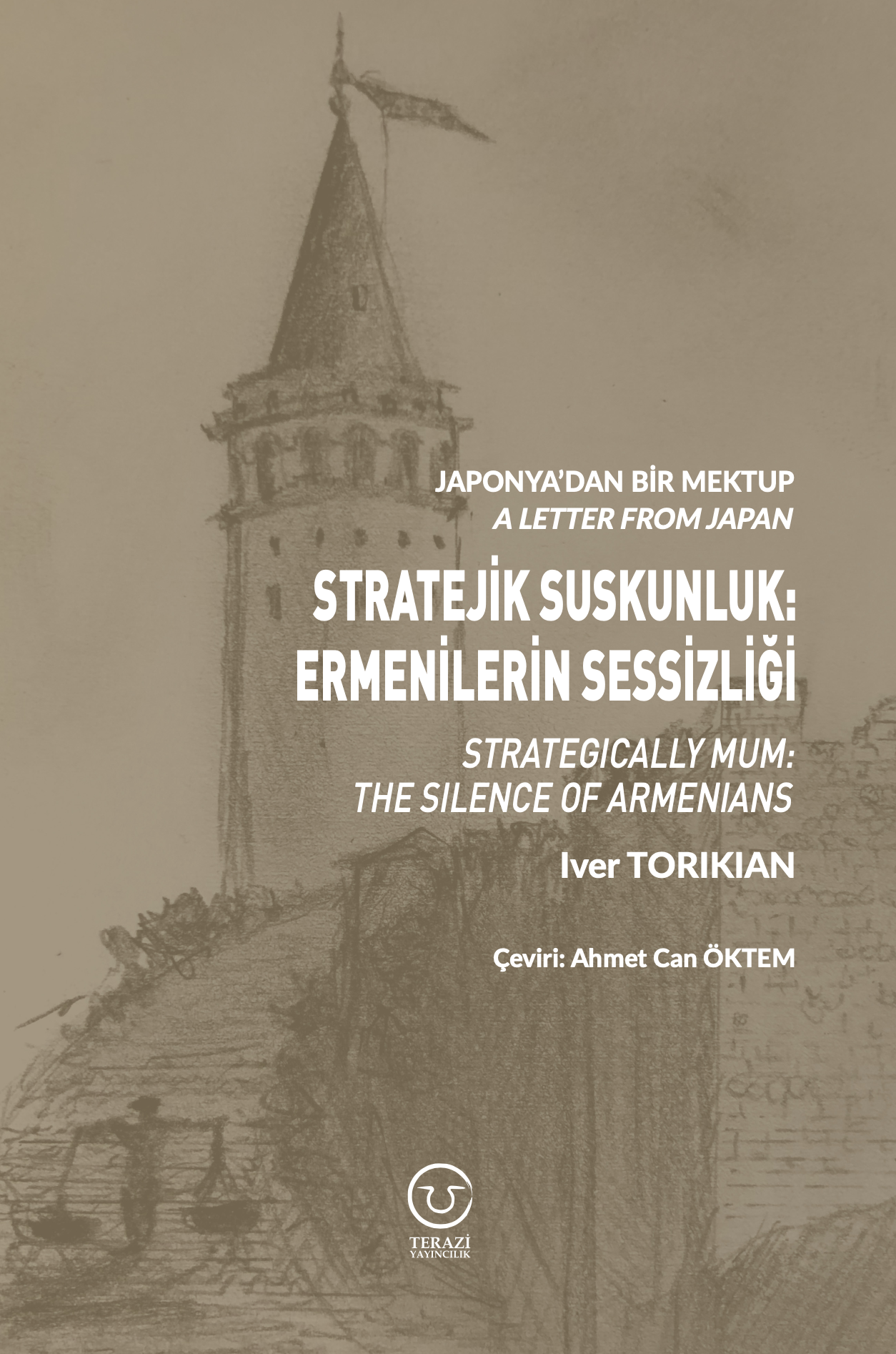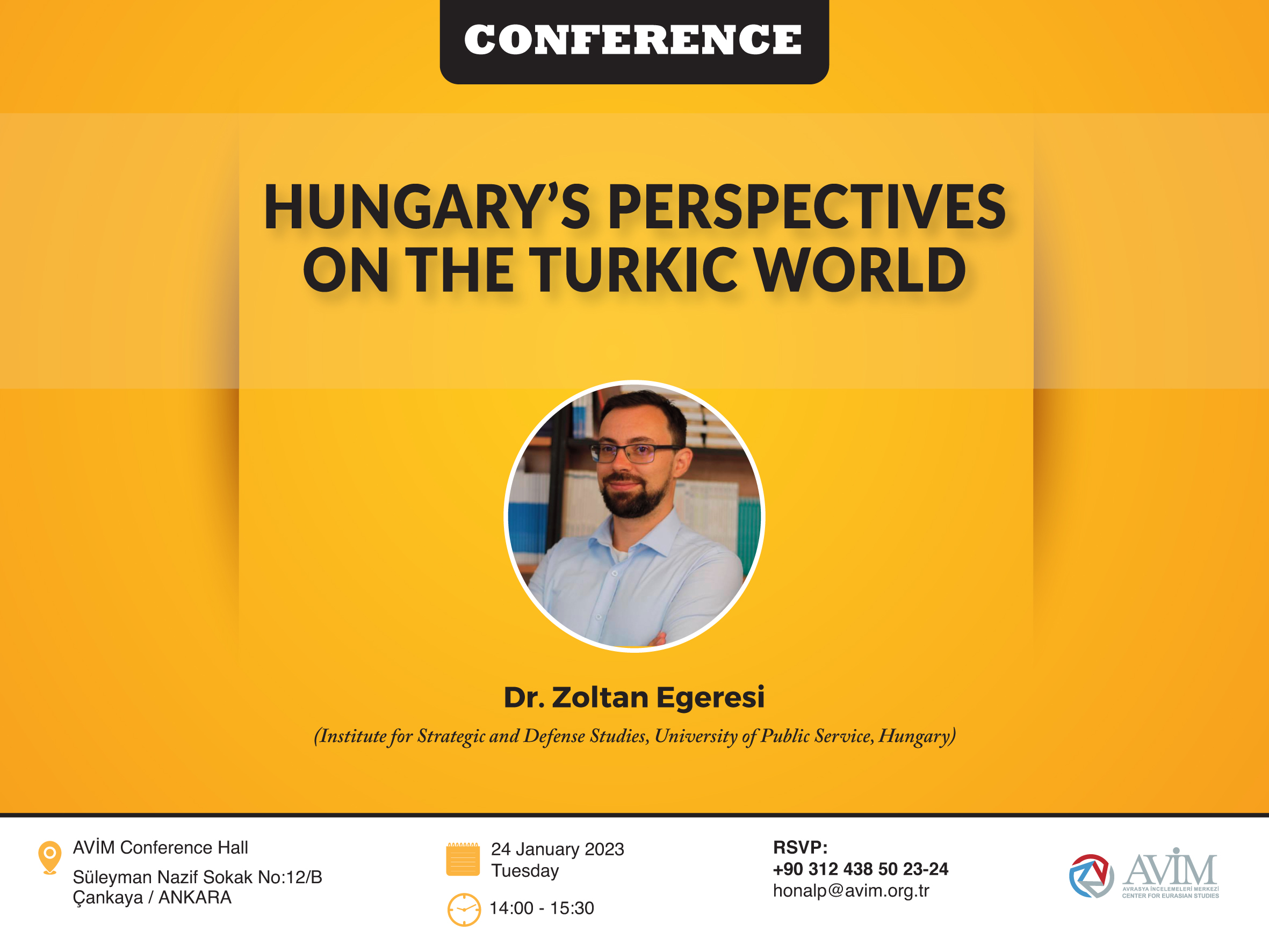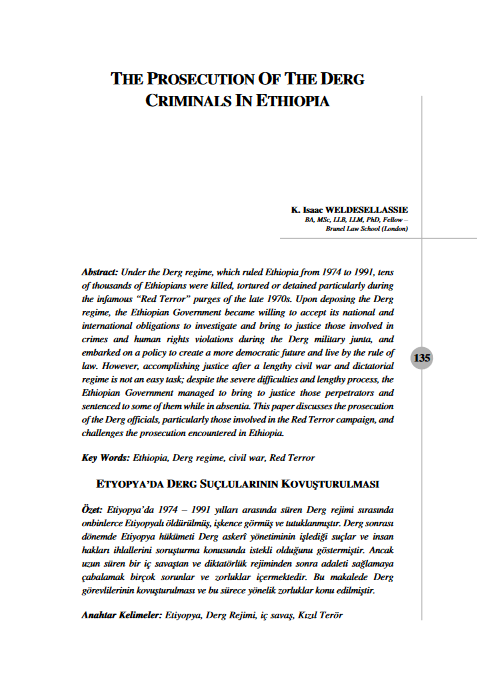Download PDF :


The newly published 47th issue of the Review of Armenian Studies journal contains 5 articles and 1 book review.
The first article in the 46th issue, titled “Facts and Comments” and authored by Ambassador (R) Alev Kılıç, covers the domestic and international developments of Armenia, the background to why the peace agreement envisaged and outlined in the armistice of November 2020 could not be realized in the two and half years that elapsed, how the current efforts proceed, and relations between Türkiye and Armenia in the light of the normalization of relations process in the period of December 2022-June 2023. Russia’s war against Ukraine failing in its aim of a quick victory, and the prolongation of the war and its transformation into a war of attrition has revealed the military deficiency of Russia. The West, seeking other means of pressing and further jeopardizing Russia, has seen the opportunity in approaching Armenia, an ally and traditionally under very tight reins of Russia, to broker the peace agreement with Azerbaijan and eventually drive Russia away and to establish its own domain. The region becoming a new flash point in the West-Russia adversity has not caused discomfort in Armenia. To the contrary, Armenia appears to have seen an advantage in dealing with parties with varying interests and calculations in the region to minimize its losses in the Second Karabakh War and possibly make new gains. Relations with Türkiye have moved within the framework of the normalization process, albeit experiencing sharp ups and downs. Armenia’s humanitarian assistance following the earthquake disaster of 6 February in Türkiye, the opening of the border crossing for Armenian vehicles to this end, the visit of the Armenian Minister of Foreign Affairs to Ankara and to the disaster area have raised the hope for good-neighborly and compassionate relations. However, immediately after, the inauguration of a monument in Yerevan consecrating radical Armenian nationalist terrorism has once again confirmed that there is no change in the anti-Turk or Türkiye sentiments and policies. Prime Minister Pashinyan’s attendance to Turkish President Erdoğan’s new term reception after his election win provided another glimmer of hope for the progress of relations.
In his article titled “An Examination on the Demographic Structure of Armenians in Tbilisi (1897-2014)”, Sinan Koçak analyzes the demographic structure of Armenians living in Tbilisi between the years 1897 and 2014. The article includes information about the total population of Armenians, their distribution according to various attributes, and the Armenians’ political, socio-cultural, and economic structures. The article focuses on three periods for its demographic analysis: the Tsarist Period, the Soviet Union, and the post-Soviet Georgia. The numerical data for these periods are provided from the official population censuses carried out during the mentioned periods. Koçak seeks to present the numerical and sociological assets of the Armenians in Tbilisi in a holistic way through a combination of demographic and human data.
In his article titled “A Historical Overview of the Armenian Diaspora in Germany”, Fuat Ozan Birkan evaluates the history, structure, and activities of the Armenian Diaspora community in Germany. The presence of the large number of Turks living in Germany potentially complicates the activities of the Armenian community. The author argues, however, that the community’s persistent initiatives, the intersection of Armenians’ and German politicians’ interests against Türkiye, and the weak organizational capacity of the Turks in Germany have proven favorable for the Armenians. Thus, Birkan indicates that although the Armenian community in Germany has traditionally remained in the background in comparison to the examples where the Armenian Diaspora is highly influential (such as in France and the US), the community is growing and becoming more visible.
In their article titled “The Impact of the Second Karabakh War on the Armenian Economy and Financial Markets in the Framework of Armenia's Foreign Relations”, Fatih Kocaoğlu and Mehmet Kuzu dissect the implications of the Second Karabakh War for Armenia from multiple perspectives and through detailed data gathering techniques, but with a focus on economic and financial matters. The authors seek to make deductions about the military and strategic consequences of the Second Karabakh War for Armenia. Armenia’s place in the complicated nexus involving Russia, Iran, Western countries, Türkiye, Israel, and Azerbaijan have had substantial implications for Armenia’s economy and financial markets. In the end, Kocaoğlu and Kuzu conclude that Russia's positive impact on the Armenian economy has decreased and is being replaced with the positive impact of Western capital, thereby highlighting Armenia’s traditional capacity to play major powers against each other for its own benefit.
In her article titled “Diplomatic Activity of the Azerbaijani Government against the Territorial Claims of the Republic of Armenia (1918-1920)”, Nigar Jamalova examines the diplomatic efforts of the Azerbaijan Democratic Republic (ADR) to counter the First Republic of Armenia’s (FRA) territorial ambitions in 1918-1920. The author indicates that ADR’s efforts fell under three categories: 1) correspondence and meetings with representatives of foreign countries in the South Caucasus; 2) correspondence and meetings with FRA; and 3) Initiatives at the Paris Peace Conference. Jamalova concludes that, except for the concession that had to be made in handing Yerevan to FRA, ADR successfully prevented FRA from realizing its ambitions, and none of the major powers of the time or the Paris Peace Conference as a whole officially recognized FRA’s territorial claims against ADR.
Fatma Jale Gül Çoruk reviews the book titled “From the Indian Ocean to the Mediterranean: The Global Trade Networks of Armenian Merchants from New Julfa”. The book offers a fascinating account of the resourcefulness of the Armenian merchants based in Isfahan in building a vast trade network in the 17th and 18th centuries. It also delves into these merchants’ trading practices, correspondence methods, and relations within the community and with the outside world. Çoruk argues that these characteristics make the book a major source for studies on trade networks.
To access the 47th issue, please click: https://avim.org.tr/en/Dergi/Review-Of-Armenian-Studies/47
To access the website of the Review of Armenian Studies, please click: https://avim.org.tr/en/Dergiler/Review-Of-Armenian-Studies
